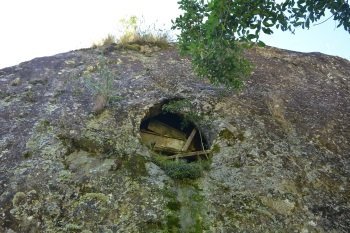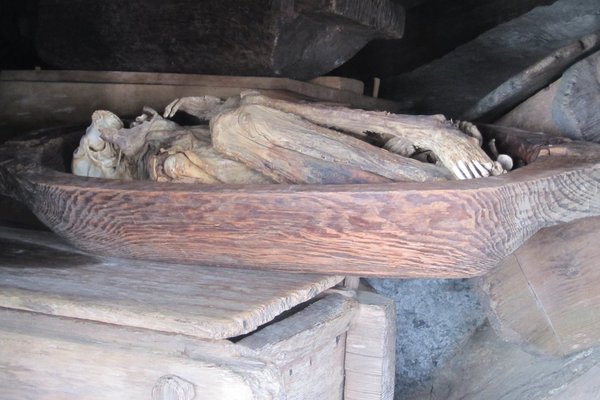Philippines
Kabayan Mummy Burial Caves
The Ibaloi and Kankanay tribes of northern Philippines practice fire mummification ritual that dates back over 2000 years before Spanish colonization.
The mummification process is long: starting with the dying person allowed drink saline liquid, then salts and herbs applied to the skin, and after death the body is smoked out with tobacco and fired to dryness before being placed in fetal position on a coffin and transferred to the burial caves – collectively known as Kabayan Mummy Burial Caves. Due to looting and illegal trade of the mummies in 20th century, only 50 - 80 caves with mummies are identified but their locations are now well protected and undisclosed.
Site Info
Official Information
- Full Name
- Kabayan Mummy Burial Caves (ID: 2070)
- Country
- Philippines
- Status
-
Removed from tentative list 2024
Site history
History of Kabayan Mummy Burial Caves
- 2024: Removed from Tentative List
- Removed from tentative list
- 2006: Added to Tentative List
- Added to tentative list
- Type
- None
- Criteria
Links
All Links
No links available.
Community Information
Travel Information
Recent Connections
News
No news.
Recent Visitors
Visitors of Kabayan Mummy Burial Caves
Community Reviews
Show full reviews
The Kabayan town of Benguet Province in Northern Luzon boasts two possible UNESCO World Heritage Sites - Mt. Pulag National Park, and the Ibaloi fire mummy burial caves - the latter I visited early November 2015.
Five cave sites are open for viewing; I visited three - Opdas cave, Timbac cave and Tenongchol cave (pictured here). According to locals, many other burial caves are found all over the Kabayan valley - and I support the decision in keeping them secret. A number have been stolen and sold in the black market, and those in the five cave sites are in dire need of conservation.
The property was one of my choices for graduate thesis, proposing to study: "aspects determining the geographic locations of the burial sites, i.e., identity and social status of the mummy, surrounding landscape, access, elevation and orientation of cave entrance, and alternative locations for burial."
Keep reading 0 comments
